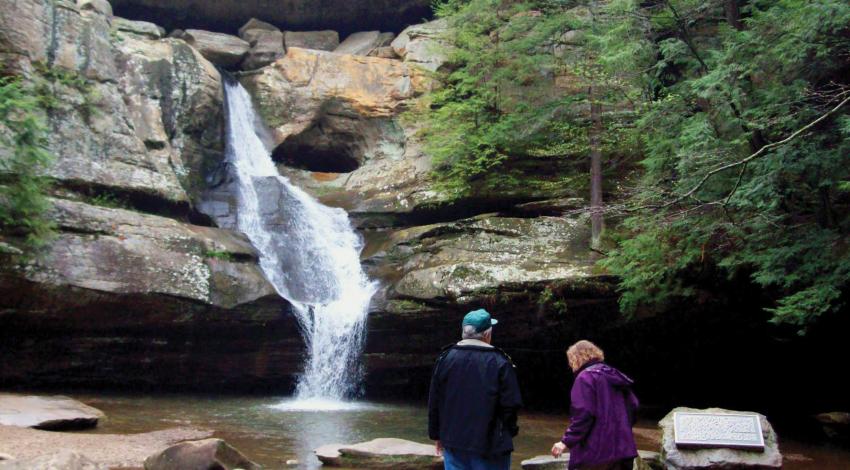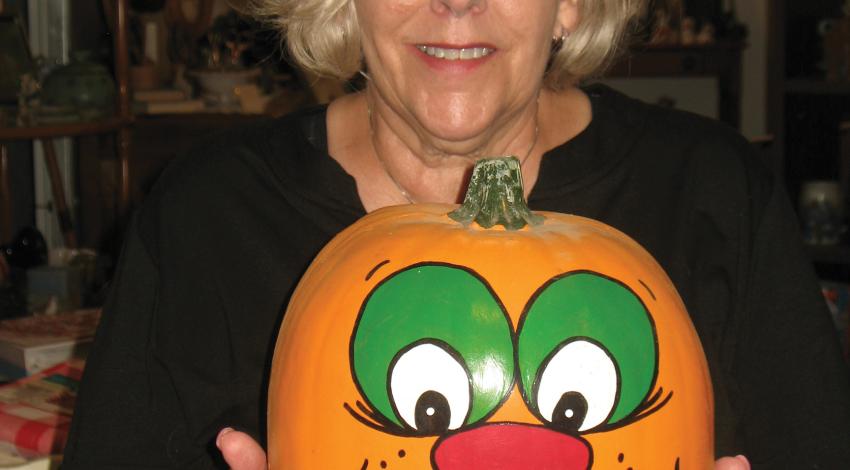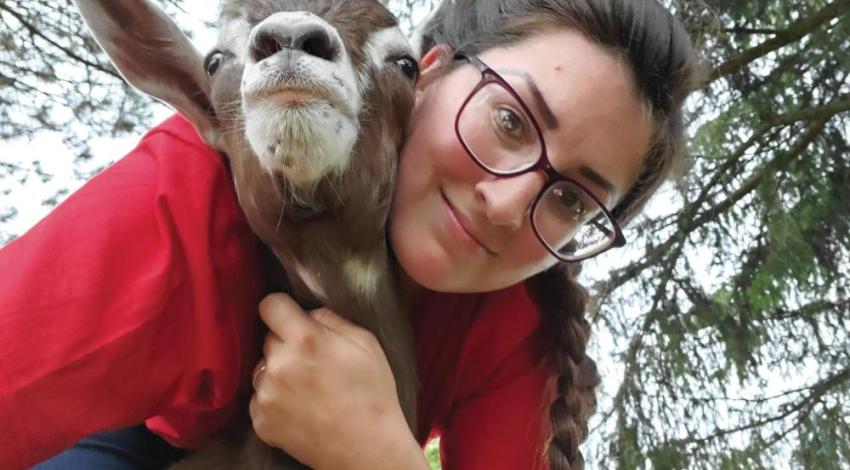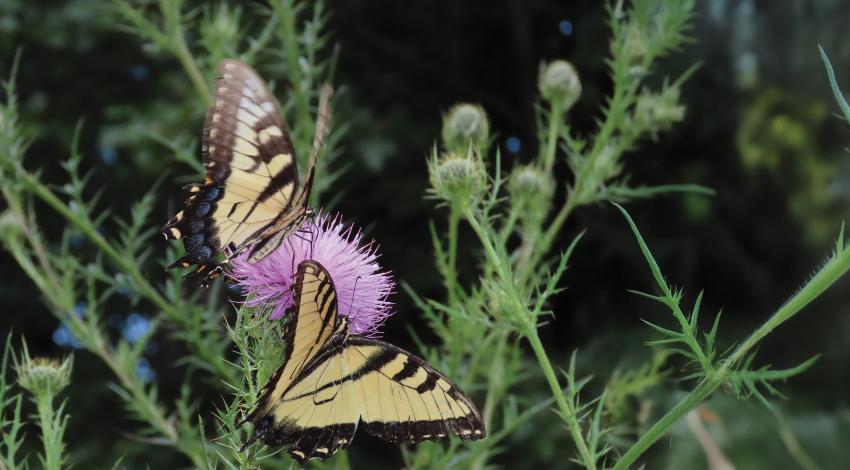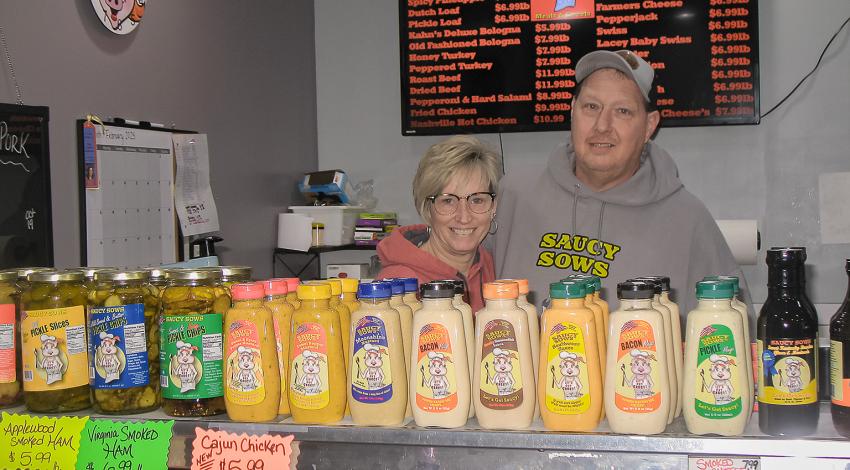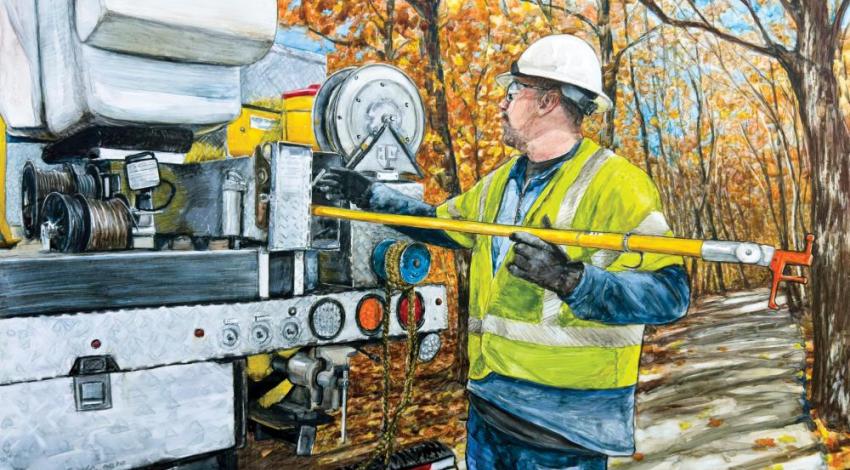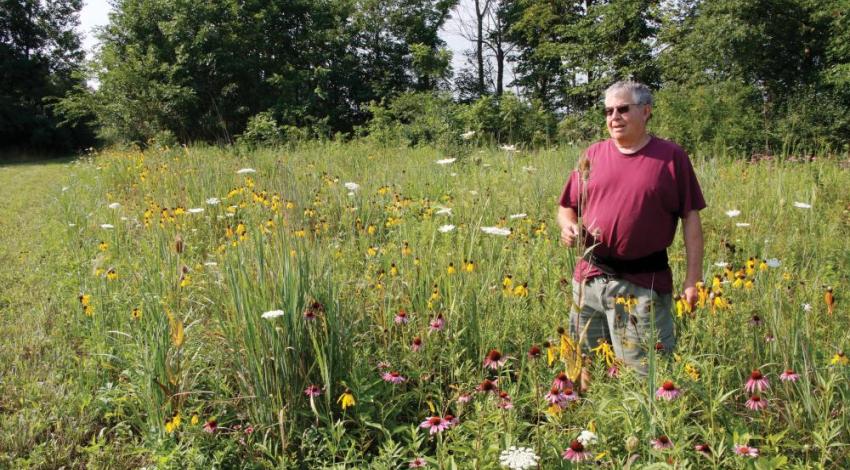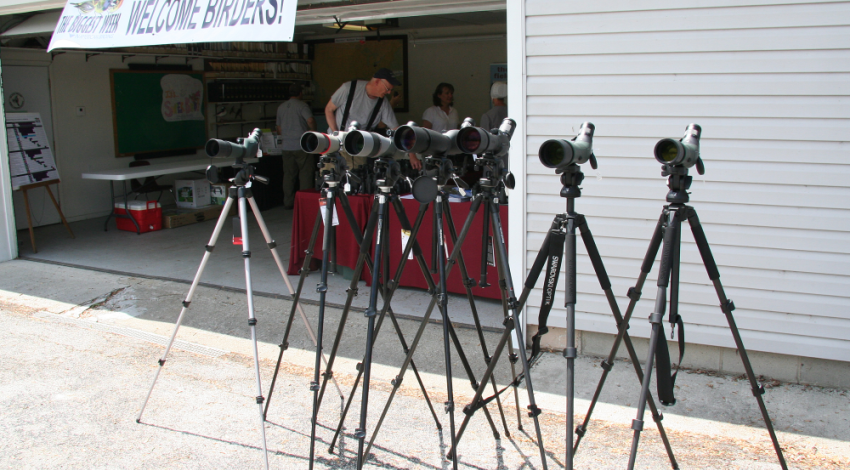Todd McMullen’s dream was to buy a Ford Mustang Cobra convertible and take his family on rides at dusk underneath a sky ablaze with color.
But that dream hinged on a more serious goal: First, he had to beat his glioma.
Glioma is a fast-growing type of cancer that affects the brain and nervous system. Its survival rate varies widely depending on the specific type and how early it’s caught. He immediately began treatment — he followed the specific protocols his specialists ordered and underwent multiple surgeries — and it worked. Periodic follow-up MRIs indicated no suspicious growth.
Todd and Sara started a family — sons Colin and Corey were born a few years apart — and lived each day as a special gift.
The Mustang

